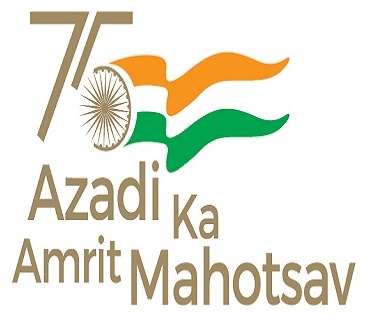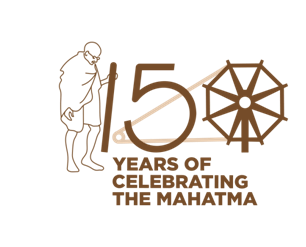Ministry of Housing & Urban Affairs has launched National Urban Information System (NUIS) Scheme in March, 2006 to develop GIS databases for 137 towns/cities (As on date the total no. of towns in NUIS Scheme is 152. The inclusion/addition/deletion of towns as requested by State Govt. and approved by TAC) in the Country in two scales i.e., 1:10,000 and 1:2000. Apart from spatial data, the Scheme has another component i.e. National Urban Data Bank and Indicators (NUDBI). The spatial and attribute databases thus generated will be useful for preparation of Master/Development plans, detailed town planning schemes and serve as decision support for e-governance. The total outlay of the scheme is Rs. 66.28 Crores of which 75% will be borne by the Central Govt. and the 25% will be the State, matching share. The work of spatial data will be undertaken by the Survey of India, Dehradun, the National Mapping Agency. Memorandum of Understanding has been signed between Ministry of Housing & Urban Affairs and the National Mapping Agency serway of India on 13th March 2006 for Urban Spatial data generation.
NUIS Scheme Guidelines: Town & Country Planning Organisation, Ministry of Housing & Urban Affairs has prepared Guidelines for implementation of NUIS scheme.
NUIS Scheme and Design Standards: For effective implementation of NUIS Scheme, Ministry of Housing & Urban Affairs has constituted NUIS Standards Committee (NSC) on June 12, 2002. The Authoring Group of NUIS Design and Standards prepared a draft report, which outlines the content at 1:10,000/ 1:2,000/1:1,000 scales, Design Standards framework, USIS, NUDB&I and NUO data elements to be adopted as National NUIS Standards. The standards address different levels of planning and management and a comprehensive document has been finalized, which has been approved by the Technical Coordination Committee (TCC) of NNRMS-Standing Committee-Urban on 3rd May 2006.
Road Map of NUIS Scheme: Town & Country Planning Organisation, Ministry of Housing & Urban Affairs has prepared for proper implementation of the scheme. The Road Map Contains components of NUIS Scheme stepwise major activities, stakeholders, fund management schedules and milestones for implementation of NUIS Scheme.
The Capacity Building is one of the major objectives of NUIS Scheme. About 30 training programmes, 20 participants per each programme at various levels, over a period of two years, have to be organised to train the urban managers and field staff in the areas of Remote Sensing and Geographic Information System (GIS). In order to achieve the same, as per the NUIS Guidelines, the Capacity Building has been decentralised and major Training Institutes like IIRS Dehradun, NRSA Hyderabad, STI (SOI) Hyderabad, SAC, Ahmedabad, IRS-AU, Chennai and RRSSCs, who are imparting training in the areas of Remote Sensing and GIS application in Urban planning and management have been identified. The State Nodal Agencies have to identify and nominate the personnel for Capacity Building programmes Organised by TCPO/MoUD in the prescribed nomination form.
TAC has constituted the Monitoring and Implementation group to resolve all technical and operational issues, to finalised timelines for activities, to resolve the issues related to Area of mapping, Data Acquisition, Generation of GIS Database, Integration of 1:10,000 & 1:2000 Scale spatial database, Issues related to NUDB&I, to monitor the mapping of Utilities, to assure the quality of data through required quality check, to suggest the methodology for application development, to develop real time sample data base and provide training to State agencies. The Monitoring and Implementation group is meeting regularly and finalized the timelines for activities of the Scheme and implementation.
All the deliverables have been delivered to the State Nodal Agencies.
Scheme is successfully completed on 31st March 2016.
 Government of India
Government of India 
























